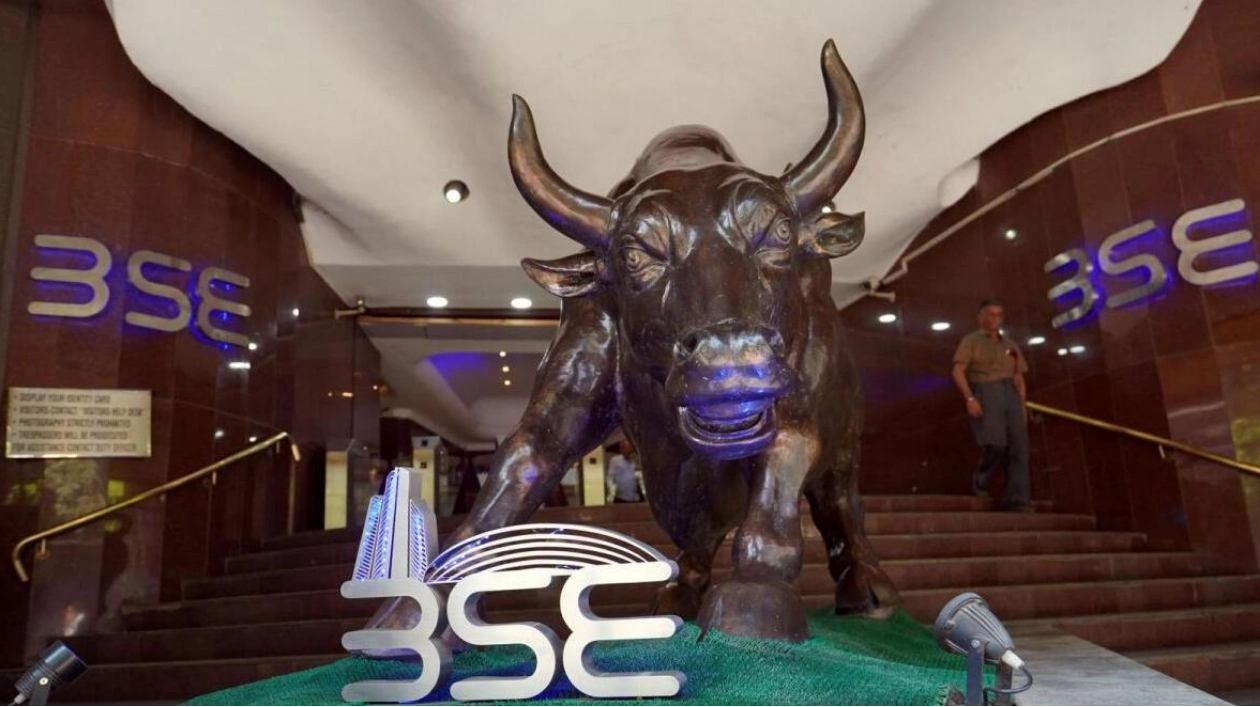India's stock market rally is intensifying its index weighting, presenting a quandary for global fund managers: either remain passive as their relative exposure diminishes with the market's growth, or invest at increasingly exorbitant prices. Most find the latter option uncomfortably risky and are exploring alternatives, with some shifting funds into smaller Indian companies and others looking to other emerging markets. This trend has been fueled by years of robust earnings in India juxtaposed with China's market struggles, which have altered their weightings in the MSCI Emerging Markets Index, a benchmark for global EM funds. India's MSCI EM weight has surged to 19%, up from just 8% four years ago, and analysts at Nuvama Alternative & Quantitative Research predict it could exceed 22% by year-end. Conversely, China's weighting has plummeted from 40% to 25% over the same period, according to MSCI data.
"The convergence between India and China is posing challenges for many portfolio managers, especially those with a global or pan-Asia mandate, who were likely at best equally weighted between the two and probably underweighted India," said Vikas Pershad, portfolio manager for Asian equities at M&G Investments. "And that underweight is expanding." A contributing factor to the long-term underweight has been investors' preference for China's cheaper and more dynamic market, coupled with higher entry and exit costs for funds in India. Managers would need to rapidly acquire Indian companies to maintain their index presence, but with an average 12-month price-to-earnings ratio of 24 times for large and mid-sized firms, Indian stocks are the priciest among major markets, according to LSEG data. Consequently, many are opting not to do so, leaving India as the largest underweight allocation among emerging market funds, according to HSBC and Copley Fund Research. In contrast, Chinese blue chips have a lower price-to-earnings ratio of 17, and Malaysian large-cap stocks are even lower at 15.
For Gary Tan, portfolio manager at Allspring Global Investments, and his clients, valuations are the primary concern. "We are optimistic about the long-term outlook, but we are very cautious about current valuations," said Tan, who has been underweight India for the past couple of years. High valuations in India have been a long-standing issue but have not hindered outperformance. However, some investors are now becoming wary of the risk-reward balance. India's Nifty 50 index has surged 145% and the S&P BSE Sensex has risen 136% since mid-2020, while the S&P 500 gained 78% and China's blue-chip index declined 22% over the same period. Despite consistent foreign buying of Indian stocks this year and in 2023, the trend is beginning to shift, with ICICI Securities data showing higher foreign buying in small to mid-sized firms compared to large caps, and foreign investors becoming net sellers of $662 million in shares in August.
Foreign investors currently hold approximately 16% of total Indian stocks, the lowest in a decade, according to ICICI Securities. However, there are still many bullish investors and funds not benchmarked to emerging markets' indexes that continue to flow in. Howie Schwab, portfolio manager for emerging markets growth at Driehaus Capital, noted increased interest in India from global investors, not just those with emerging markets mandates. Vivian Lin Thurston, portfolio manager for William Blair's emerging markets growth strategy, believes that valuation alone is not a compelling reason to look elsewhere. "If I reduce my exposure to India, do I have other attractive opportunities to invest in? The answer is not many at present, and this is a factor I'm grappling with," she said. Meanwhile, investments into Malaysia and Indonesia, where markets are booming, indicate that investors are exploring broader options for now.
"India's economic growth story is no secret," said James Cook, investment director for global emerging markets at US fund manager Federated Hermes, who is underweight India and waiting for prices to drop before making further purchases. "When there is such a consensus and the outlook appears favorable, investors can fall into a trap, oblivious to potential pitfalls, such as paying too high a price to participate."






